
Eco-Friendly Succulent Practices: Sustainability in 2024

Introduction
As we step into 2024, the global conversation surrounding sustainability continues to gain momentum, driven by a collective desire for more environmentally responsible lifestyles. Plants, particularly succulents, have become a popular choice among those seeking to green their spaces. These indoor and outdoor wonders not only add intrinsic beauty to our lives but also play significant roles in promoting eco-friendly living. Requiring minimal water and care, succulents are the epitome of low-maintenance gardening and can flourish even under tough conditions, making them the perfect plant choice for eco-conscious cultivators.
This article aims to delve deep into eco-friendly succulent practices and the best approaches that will help you promote sustainability in your gardening activities throughout 2024. We will explore various ecological methods of maintaining succulents, ensuring they are grown and cared for in a manner that benefits both the plants and the environment. Whether you are a seasoned succulent lover or new to the world of plants, there are sustainable practices to suit every enthusiast.
Understanding Succulent Ecology
Succulents are not just aesthetically pleasing; they are a crucial part of the ecosystems from which they originate. Growing primarily in arid and semi-arid regions, these plants have adapted in remarkable ways to survive harsh conditions. Most succulents store water in their leaves, stems, and roots, providing them an advantage in drought-prone areas. Because of their unique adaptations, succulents contribute to soil health by preventing erosion and encouraging other flora to thrive in challenging habitats.
To cultivate a sustainable succulent garden, one must first understand the ecological requirements of these plants. Each succulent species has different needs regarding light intensity, soil composition, and watering frequency. Therefore, researching the specific conditions in which your chosen succulents naturally flourish is essential. By recreating these environments in your garden, you not only enhance the health of your plants but also cultivate biodiversity and promote local ecology.
In addition, being aware of the environmental impact of our gardening practices allows for a more conscientious approach. For instance, utilizing native succulents can help preserve local ecosystems and contribute to biodiversity. These species have co-evolved with their environment, making them more resilient to local pests and diseases, which translates to fewer inputs needed for care and maintenance. Understanding such dynamics brings us closer to achieving a truly sustainable gardening practice.
Innovative Water Conservation Techniques
When it comes to nutrient management and water conservation, succulent gardening has much to offer. Given that many of these plants originate in drought-prone areas, they have evolved to withstand extreme water scarcity. Hence, emulating these conditions during watering sessions can significantly reduce water consumption.
One effective method is the use of drip irrigation systems. These systems deliver water directly to the plant's root zones at a slow, steady rate, minimizing evaporation and runoff. By incorporating rain barrels to collect stormwater, you can provide an eco-friendly water source for your succulent garden, effectively harnessing natural resources while decreasing reliance on municipal water supplies. Furthermore, regular monitoring of soil moisture can aid in determining the appropriate times to water and help prevent over-watering issues.
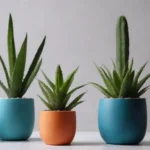 Tech Innovations for Succulent Enthusiasts: What’s Next?
Tech Innovations for Succulent Enthusiasts: What’s Next?Another innovative practice involves using a self-watering system. This technique can be as straightforward as placing succulents in a pot with a reservoir situated below. Water from the reservoir gradually wicks up through the soil, keeping the plants consistently hydrated without the risk of root rot. Self-watering setups allow for longer intervals between watering sessions, making them ideal for urban gardeners and busy plant-lovers while promoting sustainable water usage.
Finally, consider towels or rags as a means to capture excess moisture. Placing these materials around your succulent pots can help soak up water that may otherwise evaporate during warm days. This moisture can then be slowly released back into the soil, encouraging efficiency in water retention and usage.
Utilizing Sustainable Gardening Materials
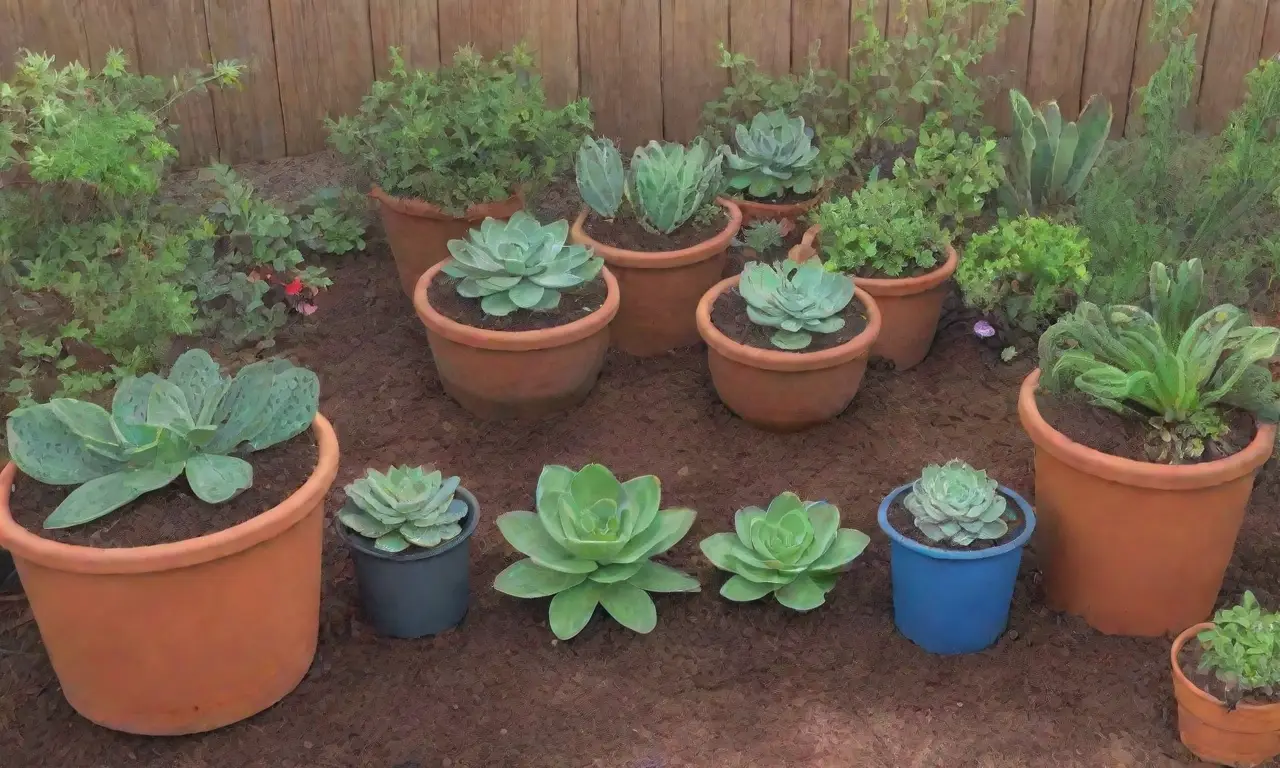
The materials you choose for your succulent garden can significantly affect its sustainability. Opting for environmentally friendly options contributes positively to the planet while enhancing the life cycle of your plants. For example, many traditional gardening pots are made of plastic, which poses long-term challenges to our ecosystems. Instead, consider using biodegradable pots made from materials like bamboo, coconut coir, or recycled paper. These types of planters break down over time, enriching the soil instead of contributing to landfills full of non-degradable material.
Another superb alternative is to use natural materials for supports and decorations. Items like cedar wood, a naturally rot-resistant wood, can serve as stylish garden stakes. Usage of recycled glass as decorative elements ensures no additional new materials are introduced into the environment. By focusing on these sustainable options, you can cultivate your succulent garden concurrently with reducing negative environmental impacts.
Additionally, preparing your own potting mix using organic ingredients is integral to sustainable gardening. Instead of purchasing commercially packaged mixes, which often contain peat moss harvested from peat bogs, consider utilizing locally sourced organic matter such as compost, leaf mold, and coconut coir. This practice minimizes carbon footprints while simultaneously providing myriad nutrients to your plants, fostering an organic approach to succulent care.
Moreover, aligning yourself with sustainable brands that prioritize ethical business practices can amplify your impact in 2024. Seek out suppliers who engage in responsible sourcing, fair labor practices, and offer eco-friendly products for gardening. This way, not only can you cultivate a beautiful succulent garden, but you can also support practices that uphold values of sustainability and environmental responsibility.
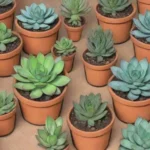 Succulents in Education: Future Trends in School Gardening
Succulents in Education: Future Trends in School GardeningImplementing Integrated Pest Management (IPM)
As gardeners know all too well, the presence of pests is an inevitable part of plant cultivation. However, implementing Integrated Pest Management (IPM) principles can help manage potential problems without creating further ecological issues. Rather than relying solely on chemical treatments that might harm beneficial organisms in your garden, IPM emphasizes a balanced approach that includes prevention, monitoring, and control strategies.
The first step to practicing IPM is scouting for pests regularly. By maintaining a vigilant eye for signs of infestation—such as wilted leaves, webbing, or discolored stems—you can quickly identify problems before they escalate into larger issues. Moreover, introducing beneficial insects like ladybugs or lacewings can help maintain natural pest populations. These insects prey on aphids and mealybugs, common pests for many succulents, creating a healthier balance in your garden ecosystem.
Physical barriers, such as insect netting or row covers, can also be effective deterrents for pests while allowing for adequate air circulation and sunlight. In some cases, opting for companion planting, where you sow plants that naturally repel pests near your succulents, can create a more resilient garden. For example, planting marigolds or nasturtiums can deter aphids due to their natural scent, creating an environmentally friendly pest deterrent.
When it becomes necessary to utilize treatments for managing more significant pest issues, opting for organic insecticidal soaps or horticultural oils can be effective solutions that pose minimal risks to beneficial insects and surrounding ecosystems. As a sustainable gardener, you can embrace an ecological ethos that strives to create a harmonious balance between plant health and environmental integrity.
Conclusion
In the burgeoning field of gardening, succulents emerge as champions of sustainability in 2024. With their remarkable adaptability and low-resource reliance, these plants offer a myriad of opportunities for eco-friendly practices. By understanding the ecological characteristics of succulents and employing innovative water conservation techniques, using sustainable materials, and implementing integrated pest management strategies, gardeners can effectively promote sustainability and plant health.
Moreover, potential decisions for sustainable gardening vouch for a more conscious lifestyle that connects us to our environment. By choosing the path of responsible cultivation, we not only provide ourselves with a vibrant green sanctuary but also contribute to the health of the planet. It's essential to remind ourselves that every tiny choice in our gardening practices can culminate into a significant shift toward sustainability in the broader context.
As we move through 2024, let’s embrace our responsibility as caretakers of the earth. By incorporating these eco-friendly succulent practices, we can ensure that our gardening endeavors not only enrich our lives but also create a lasting positive impact on the environment. Now more than ever, we must evolve from traditional practices into a new era of sustainable gardening, and there’s no better place to start than with our charming succulent friends.
 Drought-Resistant Succulents: Climate Trends for Resilience
Drought-Resistant Succulents: Climate Trends for ResilienceIf you want to read more articles similar to Eco-Friendly Succulent Practices: Sustainability in 2024, you can visit the Future trends in succulents category.

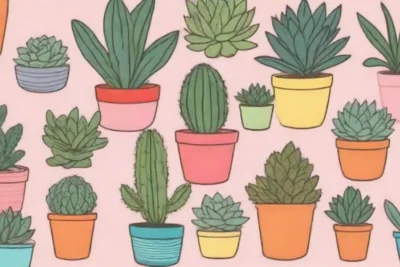
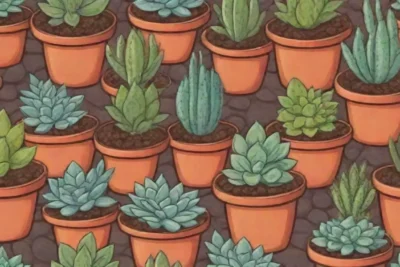
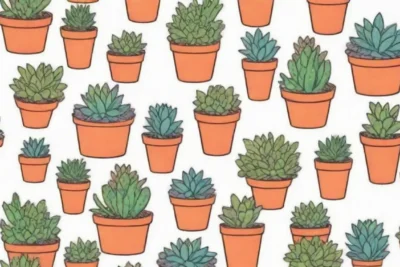
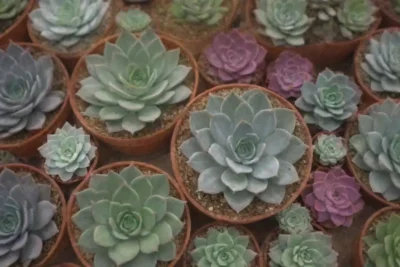
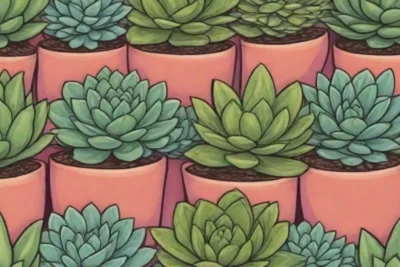
You Must Read